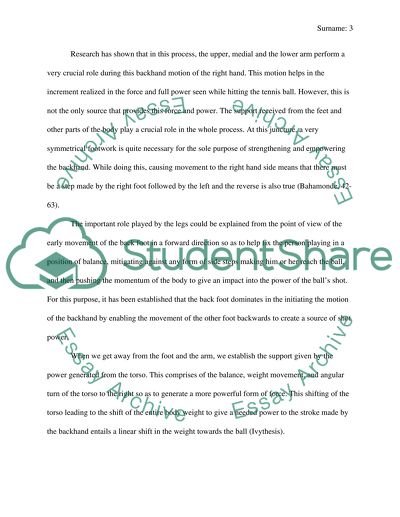Cite this document
(“Biomechanial analysis of a tennis backhand stroke Term Paper”, n.d.)
Retrieved from https://studentshare.org/health-sciences-medicine/1431251-biomechanial-analysis-of-a-tennis-backhand-stroke
Retrieved from https://studentshare.org/health-sciences-medicine/1431251-biomechanial-analysis-of-a-tennis-backhand-stroke
(Biomechanial Analysis of a Tennis Backhand Stroke Term Paper)
https://studentshare.org/health-sciences-medicine/1431251-biomechanial-analysis-of-a-tennis-backhand-stroke.
https://studentshare.org/health-sciences-medicine/1431251-biomechanial-analysis-of-a-tennis-backhand-stroke.
“Biomechanial Analysis of a Tennis Backhand Stroke Term Paper”, n.d. https://studentshare.org/health-sciences-medicine/1431251-biomechanial-analysis-of-a-tennis-backhand-stroke.


